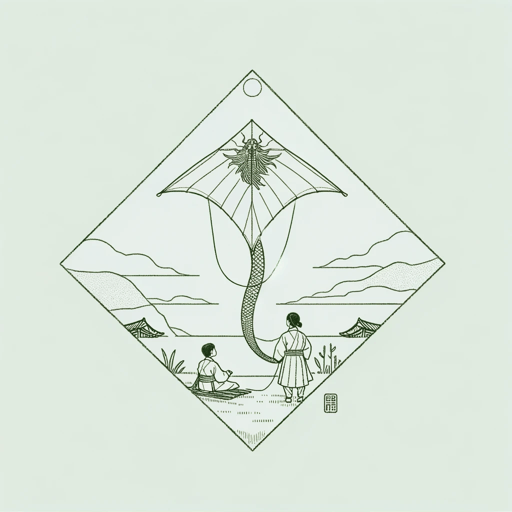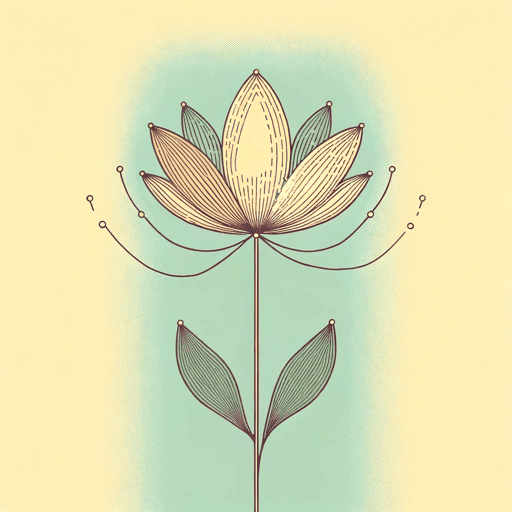35 pages • 1 hour read
Linda Sue ParkThe Kite Fighters
Fiction | Novel | Middle Grade | Published in 2000A modern alternative to SparkNotes and CliffsNotes, SuperSummary offers high-quality Study Guides with detailed chapter summaries and analysis of major themes, characters, and more.
Important Quotes
“I could tell what the wind is like because the kite [...] The kite talked to me.”
(Chapter 1, Page 7)
Lee Young-sup has an innate skill for kite flying, as evidenced by the first time he successfully flies his brother’s New Year kite. By hearing the kite “talk” to him, Young-sup demonstrates that he has a keen understanding and special connection to the kite. He cultivates his kite-flying skills with much practice, but part of his prowess is simply intuitive.
“[Kee-sup] took his time, ensuring that the frame for the kite he was making matched the first one in every way. Meanwhile, Young-sup had moved on to the kite paper. He guessed at where the center of the rectangle lay and cut a rather lopsided circle out of the middle.”
(Chapter 2, Page 9)
The brothers’ kite construction reveals much about their differing approaches and personalities. Where Lee Kee-sup is methodical, Young-sup is hasty and messy, which results in a useless kite for Young-sup. The two learn that they must use their strengths to help the other because, through collaboration, they make a winning team.
“The kite was like a part of him—the part that could fly.”
(Chapter 2, Page 13)
Kite flying allows Young-sup to temporarily escape the confines of Korean society, limiting him to his role as the second son and future rice merchant. As his kite soars, his aspirations do as well, his kite serving as a symbol of his freedom and potential to follow his dreams.
Related Titles
By Linda Sue Park
Featured Collections
5th-6th Grade Historical Fiction
View Collection
7th-8th Grade Historical Fiction
View Collection
Appearance Versus Reality
View Collection
Asian American & Pacific Islander...
View Collection
Brothers & Sisters
View Collection
Childhood & Youth
View Collection
Community
View Collection
Daughters & Sons
View Collection
Diverse Voices (Middle Grade)
View Collection
Fate
View Collection
Fathers
View Collection
Hate & Anger
View Collection
Juvenile Literature
View Collection
Korean Literature
View Collection
Loyalty & Betrayal
View Collection
Nation & Nationalism
View Collection
Order & Chaos
View Collection
Pride & Shame
View Collection
School Book List Titles
View Collection






